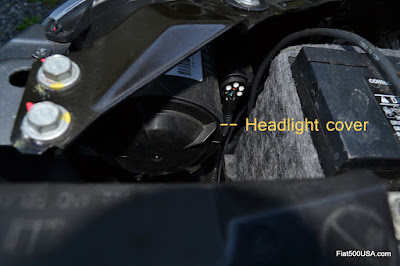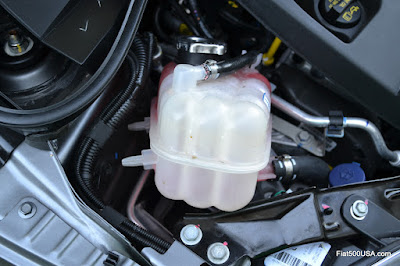HID Lighting Facts: 5 Things You Need to Know
High Intensity Discharge (HID) lighting is the technology where light is created from electrical current passing through metal vapor. In HID bulbs, a tube of glass is filled with gas and has two electrodes on either side. When an arc of electrical current is established between the electrodes, the metallic vapor releases energy in the form of light. HID lighting has several advantages over fluorescent or halogen lighting and is starting to be used more as a replacement for halogen lights as automobile headlights.
If you are thinking of converting to HID lighting, there are five things you need to know:
1) HID lighting has several advantages over halogen headlights
One advantage of HID lights is that HID lights are brighter and give better visibility to drivers than halogen lights. You as the driver will be able to see further and more clearly at night, also other drivers will be able to see better due to your lights.
HID light bulbs also last longer than halogen lights. Since HID lights do not have a filament in them that could burn out like halogen lights, HID light bulbs can last 2000-3000 hours vs 450-1000 hours for halogen light bulbs.
HID lighting requires less energy consumption than halogen lighting. HID lighting uses 35w vs 55w for halogen lighting. Most cars are set up with a 55w output, so if you are converting to HID lighting make sure to install the ballasts that come with your conversion kit so that the output will be reduced to 35w.
2) When converting to HID lighting or replacing HID light bulbs, you want to make sure to always get a matched pair of HID bulbs.
After about 100-500 hours of use, HID light bulbs undergo what is called a color shift. The light emitted by the bulb will shift slightly from a yellowish color to a more crisp blue color. You want a matched pair of HID bulbs so that this color shift occurs at the same time. When buying HID light bulbs, make sure that they have the same manufacturer, part number and use time (if previously used).
3) Understand the Kelvin temperature (k).
When talking about lighting, Kelvin is the old way of measuring color based on how hot something burns. HID conversion kits and bulbs come in different colors and brightness as described by the bulb’s Kelvin temperature. Some important things to note about Kelvin temperature is that it describes the color the light will be and the lower the Kelvin temperature, the brighter the bulb.
The Kelvin temperature scale for HID bulbs goes from 3000-12000k; 3000k being the brightest light and 12000k being the least bright. Typical lights and the colors each admits are 3000k (yellow), 4300k (white), 6000k (light blue), 8000k (deep blue), 10000k (bright violet) and 12000k (bright purple).
4) How to maintain and extend life of your HID bulbs. HID light bulbs last longer than other forms of lighting, but there are steps you can take to maintain their long life.
a. Use the right ballast and housing that is matched to your HID light.
b. Let your bulbs cool down between lightings. Turning an HID light off and on more than three times in an hour reduces the life of your bulb.
c. Set the HID light to burn in the correct position and plane which is horizontal +/-10% burn positioning.
d. Avoid touching the bulb with your skin. Oils and acids from the skin deposited on the glass can damage the bulb.
5) Use caution when handling HID lighting.
Do not handle HID bulbs excessively because oils from your skin can be transferred to the bulb and damage it. Also because HID light bulbs are filled with metallic vapors, in some cases mercury, caution should be used not to break them and when disposing of them. The voltage produced by the electrodes in the bulb is high and could give a shock if you are too close. The headlight assembly will protect you from this, but use caution when changing bulbs.























